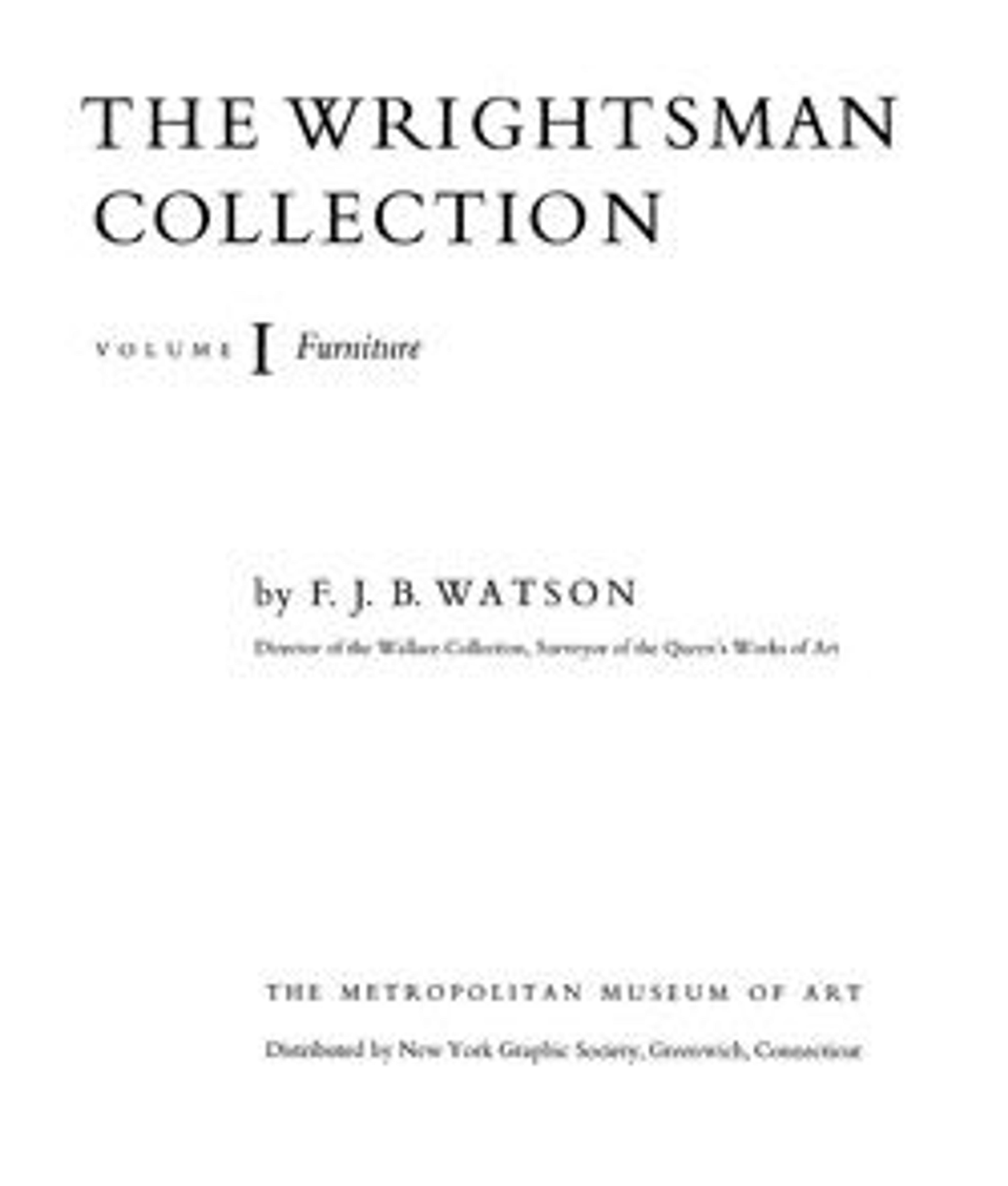Writing and dressing table
As was often the case with eighteenth-century French furniture, this table was intended for different purposes, in this case both writing and dressing. The green morocco leather panel fitted in the top as well as the writing slide in the central drawer makes this table suitable for letter writing. The square adjustable mirror inside the top and the two lidded compartments for the storage of toiletries also identify this piece as a dressing table. The marks M. CARLIN beneath the side rails indicates that this table was made by Martin Carlin, a celebrated cabinet-maker known for his elegant pieces of furniture commissioned by Queen Marie-Antoinette and many French aristocrats. The table's rectangular shape and its four square tapering legs are characteristic of the neoclassical style. Probably made around 1785, just before the French Revolution, this table may have been one of the last pieces executed by Carlin.
Its simplicity differs from the precious furniture, frequently mounted with lacquer panels or Sèvres porcelain plaques, Carlin made for the French court. The unusual fittings of the interior and especially the marble slab for protection against spilled unguents as well as the adjustable mirror may suggest that this table was perhaps owned by a celebrated actress (such as Sophie Arnould or La Guimard) as a make-up table for a stage dressing room.
Its simplicity differs from the precious furniture, frequently mounted with lacquer panels or Sèvres porcelain plaques, Carlin made for the French court. The unusual fittings of the interior and especially the marble slab for protection against spilled unguents as well as the adjustable mirror may suggest that this table was perhaps owned by a celebrated actress (such as Sophie Arnould or La Guimard) as a make-up table for a stage dressing room.
Artwork Details
- Title:Writing and dressing table
- Maker:Martin Carlin (French, near Freiburg im Breisgau ca. 1730–1785 Paris)
- Date:ca. 1785
- Culture:French, Paris
- Medium:Sycamore, mahogany, boxwood, and ebony on oak; gilt bronze; brass; marble; leather, steel
- Dimensions:(open) 52 5/8 x 43 x 24 3/4 in. (133.7 x 109.2 x 62.9cm)
- Classification:Woodwork-Furniture
- Credit Line:Gift of Charles Wrightsman, 1971
- Object Number:1971.206.14
- Curatorial Department: European Sculpture and Decorative Arts
More Artwork
Research Resources
The Met provides unparalleled resources for research and welcomes an international community of students and scholars. The Met's Open Access API is where creators and researchers can connect to the The Met collection. Open Access data and public domain images are available for unrestricted commercial and noncommercial use without permission or fee.
To request images under copyright and other restrictions, please use this Image Request form.
Feedback
We continue to research and examine historical and cultural context for objects in The Met collection. If you have comments or questions about this object record, please contact us using the form below. The Museum looks forward to receiving your comments.
